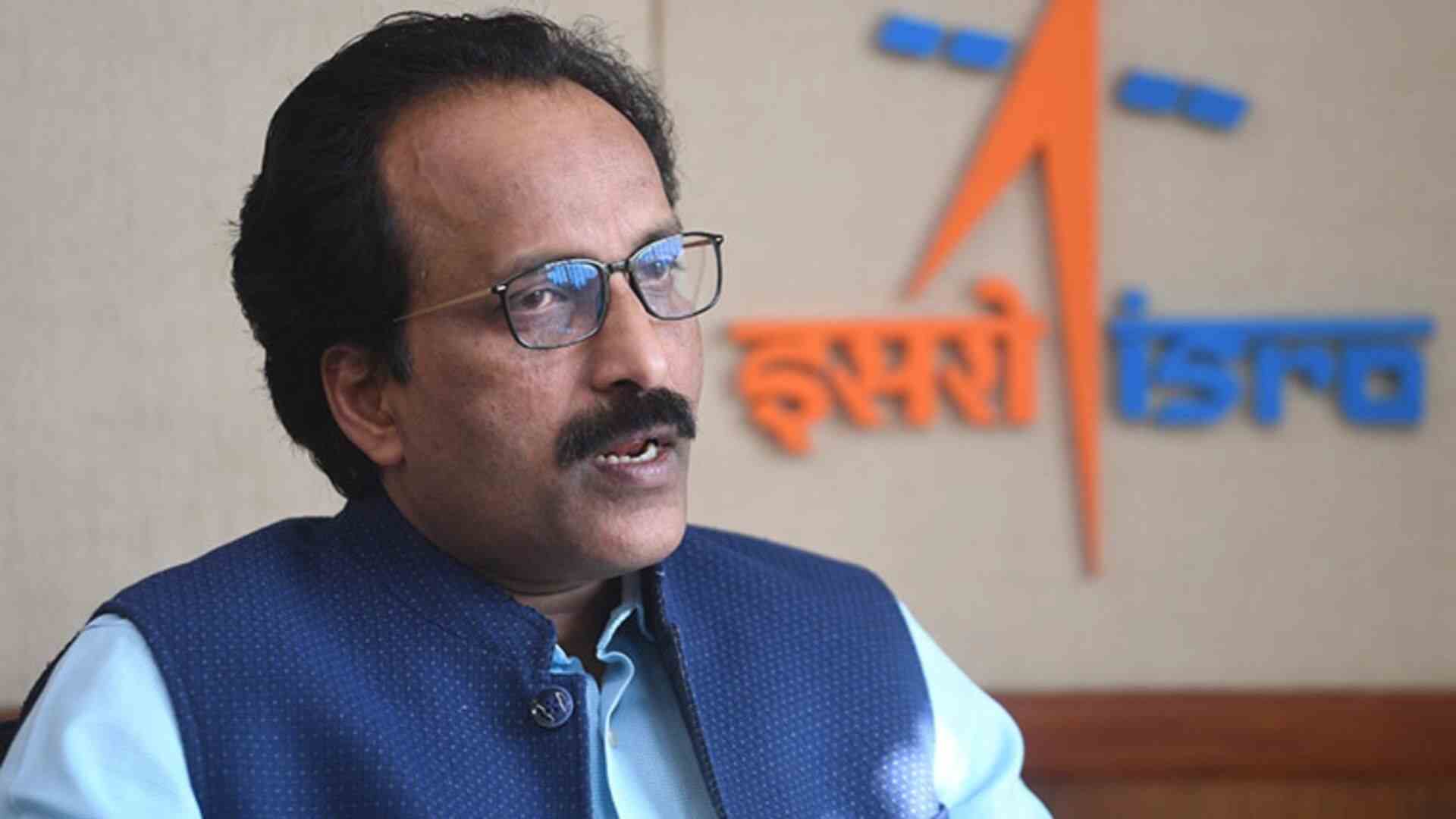In an exclusive interview with Times Now, ISRO Chief S. Somanath shared how the Indian Space Research Organisation (ISRO) is utilizing Artificial Intelligence (AI) in its space missions. According to Somanath, AI is not a distant concept for ISRO but an integral tool currently being incorporated into their operations.
Somanath detailed ISRO’s data-centric approach, emphasizing the extensive data gathered from space missions. He explained, “AI is nothing but applying machine learning to vast datasets.” He noted that ISRO collects data through various means—images, orbital data, scientific measurements, and manufacturing data—and uses AI to identify patterns, make predictions, and aid in decision-making.
He highlighted AI’s role in analyzing satellite imagery, stating, “You look at images from satellites, apply AI, and you can do object identification, pattern matching, and interpretation.” Somanath also discussed integrating AI directly into space machinery, such as embedding AI within satellites and rockets to make data-driven decisions autonomously.
Additionally, Somanath mentioned the development of AI tools capable of understanding natural language, particularly Indian languages. “We have created a language interpretation module which understands commands in Hindi and English and can convert them into functions,” he said.
ISRO’s advancements in AI are part of a broader effort to enhance India’s space capabilities. The organization is moving forward with its lunar exploration missions, including the upcoming Chandrayaan-4 and Chandrayaan-5, which aim to build on the success of Chandrayaan-3, India’s historic landing near the Moon’s south pole. These new mission designs are ready and await government approval.
ISRO is also advancing its Gaganyaan mission, India’s first human spaceflight, with an unmanned test scheduled for December. Preparations for the crew module and astronaut training in the United States are ongoing.
Moreover, ISRO’s Small Satellite Launch Vehicle (SSLV) program has reached a new milestone, with successful developmental flights leading to commercialization efforts. The technology is being transferred through a consortium of companies, expanding ISRO’s commercial reach.






















